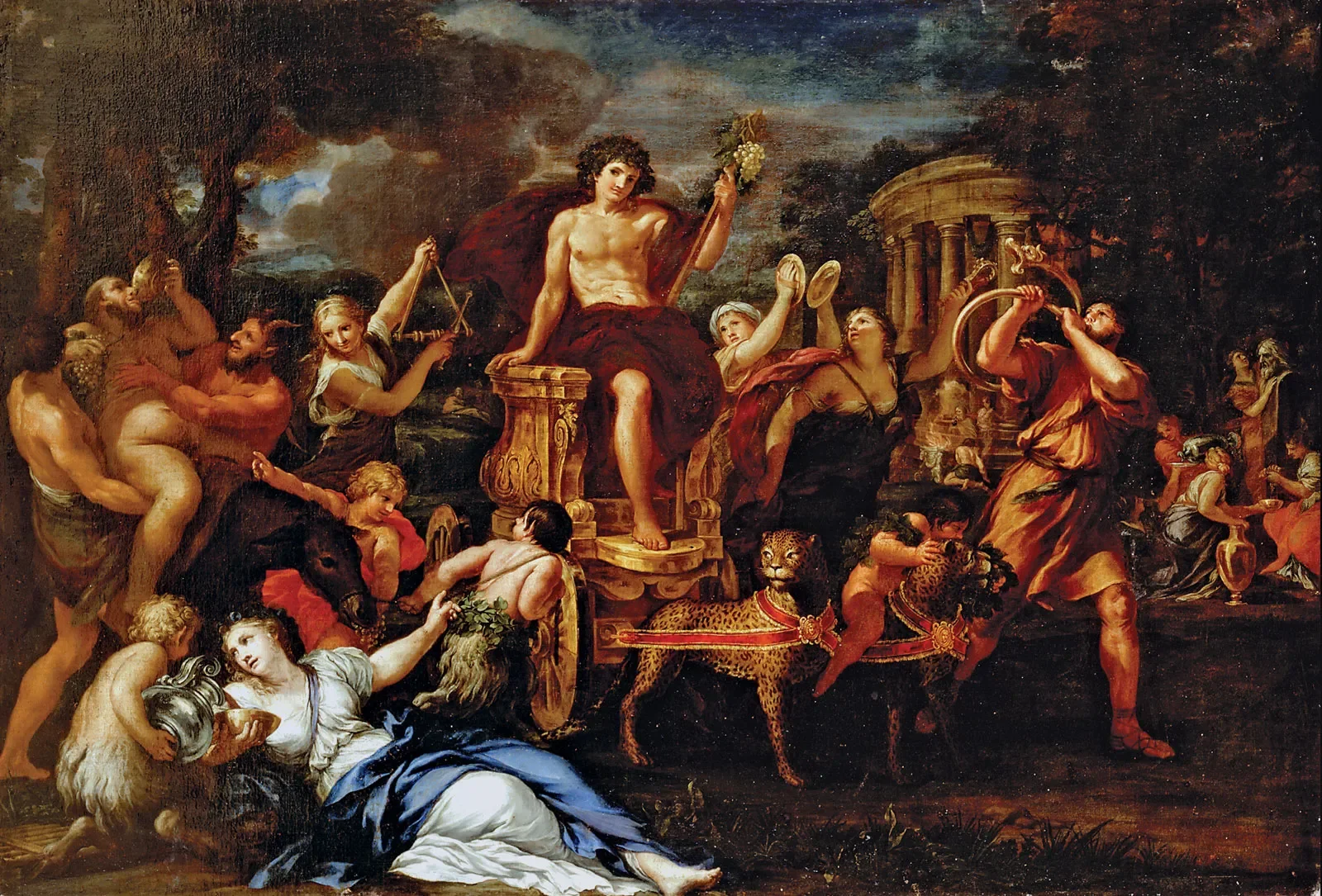During the late 20th century, under the authoritarian rule of Saddam Hussein, Iraq embarked on a highly ambitious and controversial project: the reconstruction of the ancient city of Babylon. This effort was driven by Hussein’s desire to revive Iraq's historical grandeur, link his regime to the illustrious past of Mesopotamia, and establish himself as a modern-day Nebuchadnezzar. While these reconstructions were intended to foster national pride and boost tourism, they sparked significant debate among archaeologists, historians, and cultural preservationists.
Ambitious Reconstruction Efforts
Saddam Hussein’s reconstruction efforts in Babylon were extensive. The project focused on restoring key elements of the ancient city, including the renowned Ishtar Gate and several temples. Using modern bricks inscribed with his name, Hussein sought to leave his mark, both literally and figuratively, on the site. These reconstructions were not always historically accurate, prioritizing grandeur and symbolism over archaeological fidelity. The use of modern materials and methods often clashed with the site’s ancient heritage, raising questions about the authenticity and integrity of the reconstructions.
Hussein's motivations were multifaceted. By reviving Babylon, he aimed to invoke the glory of Iraq's ancient past, thereby fostering a sense of national pride. He also sought to position himself as a strong, visionary leader akin to Nebuchadnezzar, one of Babylon’s greatest kings. Furthermore, Hussein hoped to attract tourists, showcasing Iraq’s rich cultural heritage as a center of early civilization. However, these efforts were as much about his personal legacy as they were about national pride, reflecting his desire to be remembered as a pivotal figure in Iraq's history.
The Construction of Saddam's Palace
Among the various reconstruction projects, the most contentious was the construction of Saddam’s Babylon Palace. Built on a man-made hill overlooking the ancient ruins, this opulent palace was designed to be a symbol of Hussein’s power and connection to Babylonian heritage. The palace featured a blend of modern and classical Babylonian architectural styles, with luxurious amenities, marble floors, grand staircases, and intricately designed rooms.
While the palace was intended to glorify Hussein and demonstrate his reverence for Iraq’s ancient past, it was met with widespread criticism. Many archaeologists and historians viewed the palace as a desecration of the archaeological site. The significant alteration of the landscape and the overshadowing of the ancient ruins were seen as disrespectful to the historical and cultural significance of Babylon. The modern bricks bearing Hussein’s name were particularly contentious, seen as an anachronistic imposition that undermined the site’s authenticity.
Stone relief carving of Saddam’s profile at his palace overlooking ancient Babylon [File: Ali al-Saadi/AFP]
Legacy and Impact
The fall of Saddam Hussein in 2003 and the subsequent Iraq War brought further challenges to Babylon. Military occupation and looting during the conflict caused additional damage to the site, compounding the issues created by Hussein’s reconstructions. Despite these challenges, efforts have been made to preserve and protect Babylon, recognizing its historical importance and the need to safeguard its future.
In 2019, Babylon was inscribed as a UNESCO World Heritage Site, a testament to its enduring significance. This recognition acknowledges the complex legacy of the site, including the controversial reconstructions under Hussein. While these efforts were intended to celebrate and revive Iraq’s ancient heritage, they also serve as a poignant example of how modern political agendas can impact cultural preservation. The debates surrounding the authenticity and integrity of the reconstructions continue, reflecting broader questions about the intersection of history, politics, and cultural heritage.
Determined to establish a link between his rule and that of the ancient Babylonians, Saddam Hussein commissioned this mural of himself in a chariot (Credit: Getty Images)
Conclusion
Saddam Hussein’s reconstruction of Babylon remains a contentious chapter in the history of one of the world’s most famous ancient cities. While intended to foster national pride and link modern Iraq to its illustrious past, these efforts often prioritized political symbolism over historical authenticity. The legacy of these reconstructions, particularly the construction of Saddam’s Babylon Palace, continues to provoke debate among scholars and preservationists. As Babylon moves forward as a UNESCO World Heritage Site, the lessons learned from this period serve as a reminder of the delicate balance between celebrating heritage and preserving historical integrity.










